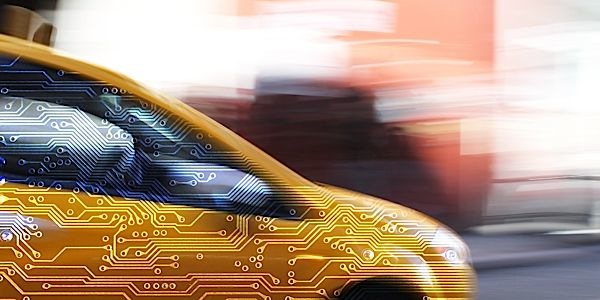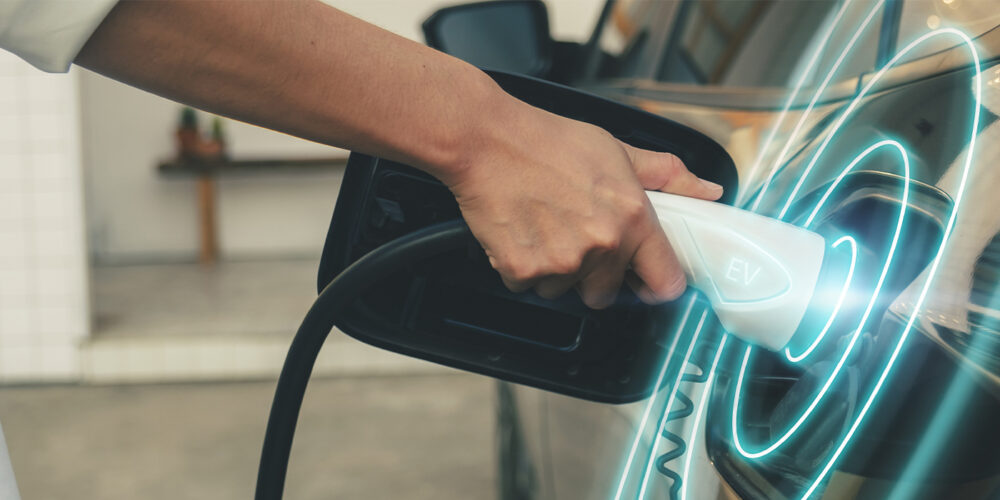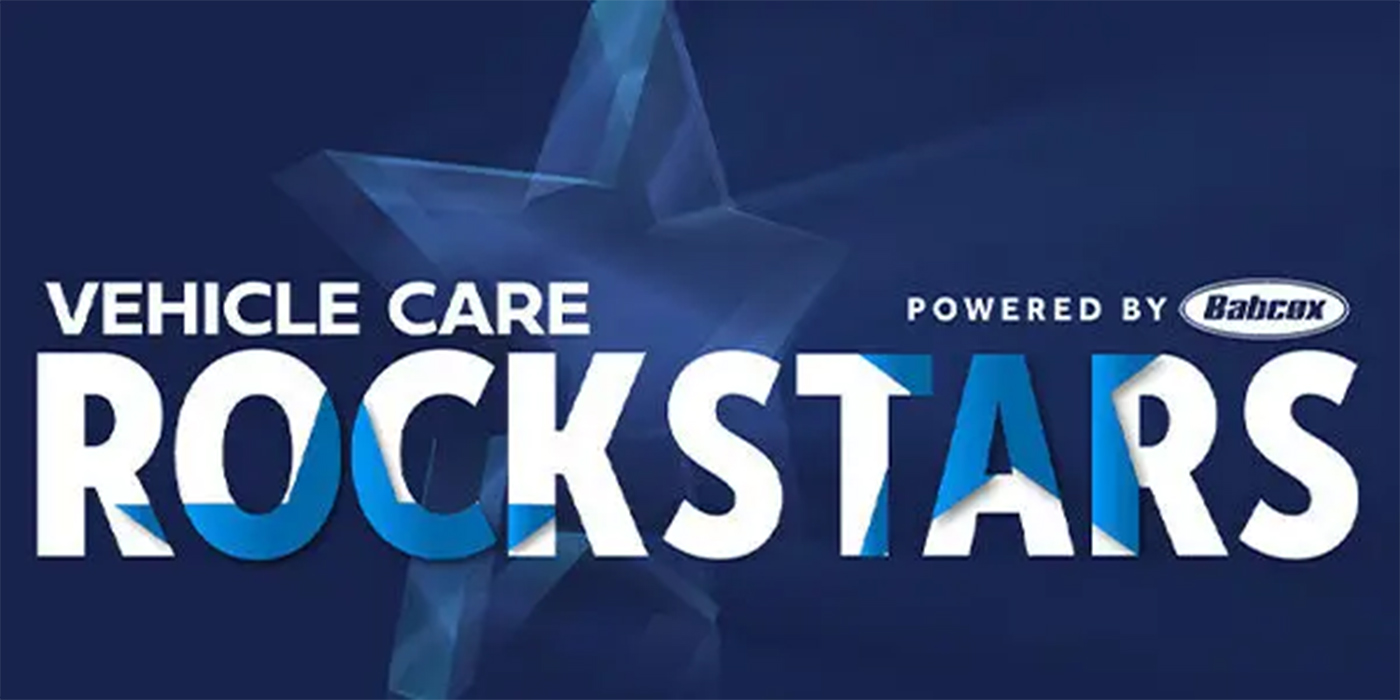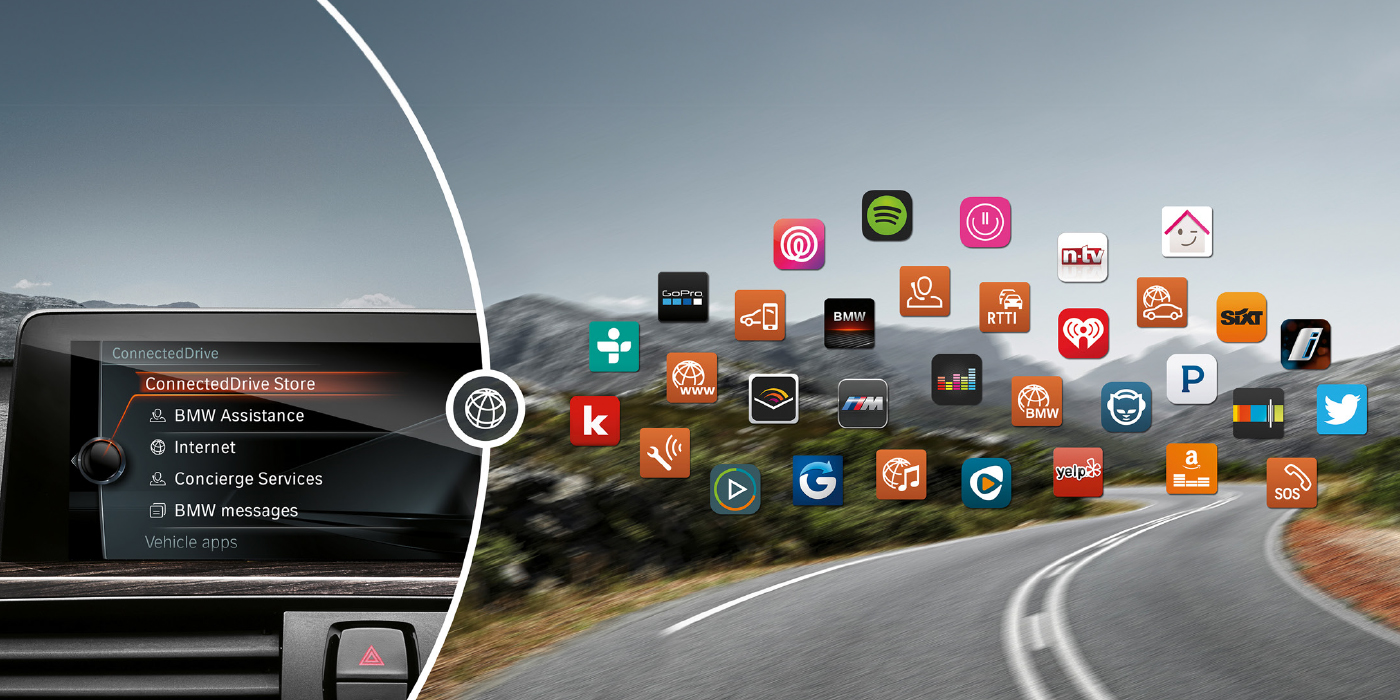Telematics has created a lot of anxiety and skepticism for shops. Some of it is justified, while some is due to not seeing the opportunities it presents. Telematics is very simple when you view it as a tool to connect the customer to their vehicle and your shop.

Automakers have embraced telematics for more than a decade. It has been a way to offer new features and steer owners to their service departments. At independent shops, this has been a struggle, and aftermarket “dongles” have gained a bad reputation for creating misinformed customers and disturbing vehicle operation.
While telematics has been slow to find its role in independent shops, several trends in consumer attitudes and technology are starting to converge to make telematics for the independent shop possible.
The Time Is Right
Seventy-seven percent of Americans now own a smartphone according to a recent Pew research study. This number is growing by double digits every year. Additionally, 42 percent of consumers who are 65 and older now have smartphones. This connectivity is making aftermarket telematics a reality.
In the past, the greatest hurdle in telematics was how to connect the vehicle to the Internet. Some said that aftermarket telematics would only work if the vehicle had its own embedded connection built into the device. Today, connecting the vehicle is made possible through the owner’s smartphone via Bluetooth.
Telematics is Not a Gimmick
Telematics is here to stay. The OEMs already are seeing the benefits of gathering data through telematics. New-car dealers also see the benefits of marketing to the customer through telematics systems.
Customers are becoming accustomed to the benefits of stock telematic systems that have been available for more than a decade. They are using some of these systems to check out codes and schedule service. Some owners will not purchase a vehicle unless it has a telematics system.
Who Will Make The Connection?
Automotive repair is a relationship business. The more positive contact you have with the customer, the greater the chance that they will return or suggest your shop to a friend. Telematics can create a constant connection between your customers and your shop.
Some dealerships are even offering these systems for used cars and those that do not have an embedded telematics system in them. These systems direct the customer back to the shop that sold them the telematics system.
The other business model is created when a customer purchases a device online or at an electronics retailer. When the vehicle has a problem, the device can steer the driver to a network of shops that are partners or affiliates.
Data is Power in the New Aftermarket Economy
For service information providers and tool and parts manufacturers, remote access to the OBDII port will fundamentally shift how shops fix cars.
Through the OBDII port, you can know the vehicle’s current mileage, MIL light status and many other data points. Paired with customer data, this has the potential to change the way your shop does diagnostics and repairs.
The data from telematics devices could be combined with repair data from many repair orders to build statistical models to determine solutions to common problems. We are not talking about general guesses; we are talking about predictions that will take a lot of data points into account. This will not be a replacement for diagnostic labor. In the right hands, it will be a very potent tool.
In the future, this data will be used to optimize your parts and labor inventories. Imagine a repair where the part, technician and customer’s vehicle come together at the right time. This would mean less downtime for your customer and more efficiency for you.
Maintenance and Mileage
In a recent consumer survey, 58 percent of consumers said they want maintenance alerts from their next vehicle. They do not want to flip through a maintenance schedule in the owner’s manual or look at complicated charts.
Shops can be proactive about recommending mileage-based maintenance services. When a customer is getting close to their oil change interval, a shop can send an alert or coupon to the customer’s smartphone. The same service can be applied to timing belts and other mileage-based maintenance items.
The Aftermarket Has Time On its Side
When an OEM telematics system hits the market, aside from minor updates, it is frozen in time. When you consider how fast phones and computers evolve, today’s telematics systems will become obsolete very quickly. However, new aftermarket systems can be changed whenever a better system is available.
Even vehicles with existing OEM telematics systems could be upgraded as new technologies come on the market, like 5G cellular data and Bluetooth 5.0.
It is Safe, Trust Me
Is cybersecurity a concern? Yes. It is not as much about the information in the vehicle being stolen or the vehicle being hacked, it is more about the connection between the customer’s phone and the service provider’s servers. Most security breaches now and in the future will be about protecting the owner’s critical information, like passwords and credit card numbers.

While it might be possible to disable a vehicle through a telematics connection, I don’t see this being a big threat. Where is the profit in disabling a vehicle? It makes for great headlines, but the reality is that vehicle hacking as a cyber crime is only the stuff of super villains and engineering grad students.
Aftermarket telematics systems may also be safer than OEM systems because they are not embedded in the vehicle or on a serial data bus. But, it is possible for a dongle to alter the signal on a serial data bus by grounding or introducing resistance into the circuit. Chances are very low that a quality telematics dongle can damage a vehicle’s networks.
Some OEMs and lawmakers are trying to get rid of the OBDII port because it poses too much of a security risk for hackers. Some industry insiders have stated that emissions diagnostics should only be accessed through secure wireless connections, but this opens up the vehicle even further to cyberattacks and potentially locks the independent shop out from servicing the vehicle.
Telematics has a potential market of approximately 200 million vehicles. These vehicles can be made telematics-capable with just a single piece of hardware that plugs into the OBDII port. Regardless of if you are an early adopter or a skeptic, you will be impacted sooner rather than later by this technology.














